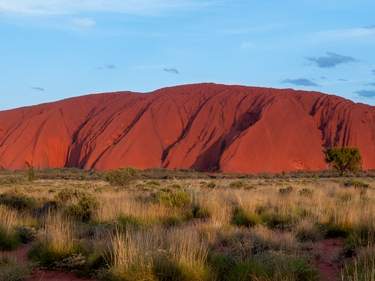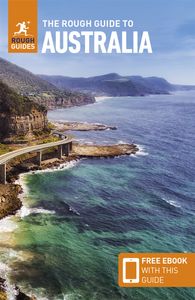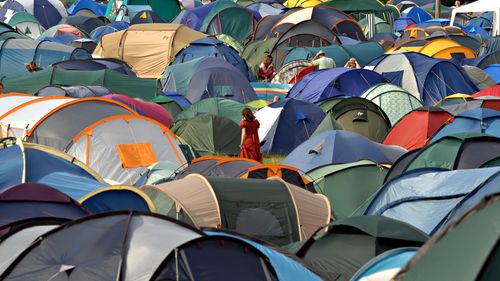Accommodation
Adelaide has a fantastic choice of accommodation, from contemporary boutique hotels to charming B&Bs, as well as loads of hostels. The only time you may have difficulty finding accommodation is during March, when the annual Womadelaide festival and the Arts Festival (even-numbered years only) attract throngs of visitors. Rooms also fill up quickly at weekends, at both hotels and the more popular hostels on Waymouth St and by the Central Bus Station on Franklin St. Local B&Bs and farmstays can be booked through bandbfsa.com.au.
Adelaide architecture
Adelaide suffered numerous economic setbacks and built up its wealth slowly, and its well-preserved Victorian architecture has a reassuring permanence quite unlike the over-the-top style of 1850s Melbourne, with its grandiose municipal buildings funded by easy gold-rush money. The bourgeois solidity of Adelaide’s streets is enhanced by the fact that virtually every building, public or domestic, is made of stone, whether sandstone, bluestone, South Australian freestone or slate.
Adelaide’s arts festivals
The huge Adelaide Festival of Arts (adelaidefestival.com.au), which takes over the city for three weeks from late February to mid-March in even-numbered years, attracts an extraordinary range of international and Australian theatre companies, performers, musicians, writers and artists. The festival began in 1960 and has been based at the purpose-built Festival Centre since 1973. In addition, free outdoor concerts, opera and films are held outside the Festival Centre and at various other locations during the period, while other venues around town host an Artists’ Week, Writers’ Week and a small film festival.
The edgier Fringe Festival (adelaidefringe.com.au) grew up around the main Adelaide festival to become the country’s largest arts event and, for many, the highlight of the festival calendar. Now a stand-alone annual event, it begins with a wild street parade on Rundle Street followed by over three weeks of free outdoor shows and activities, bands, cabaret and comedy at venues all over town, while full use is made of the 24-hour licensing laws.
The Womadelaide (womadelaide.com.au) world-music weekend began in 1992 as part of the Arts Festival but has now developed its own separate identity, attracting tens of thousands of people annually. Held in early March in the Botanic Park – with seven stages, workshop areas, multicultural food stalls and visual arts – it’s a great place to hear some of Australia’s local talent, as well as internationally acclaimed world-music artists from around the globe.
Eating and drinking
Eating out is a local obsession in Adelaide, and with one of the nation’s highest ratios of restaurants per capita you never have to look far for a great feed. One of the city’s most popular places for a meal is Gouger Street – many of the restaurants have outdoor tables and are at their busiest on Friday night, when the nearby Central Market stays open until 9pm. Moonta Street, right next to Central Market, is the home of Adelaide’s small Chinatown, and has several Chinese restaurants and supermarkets, as well as an excellent multi-cuisine food hall. Hutt Street, on the eastern edge of the city, has a string of fine Italian eateries and is a good place to go for breakfast. Café society is based around Rundle Street in the centre, and O’Connell Street and Melbourne Street in North Adelaide. In Adelaide, eating in pubs doesn’t just mean the usual steak and salad bar but covers the whole spectrum, from some fine contemporary Australian food in the commercial centre to bargain specials in several pubs along King William Street. Thanks to the state’s liberal licensing laws most cafés are licensed, with South Australian wine featuring heavily.




















